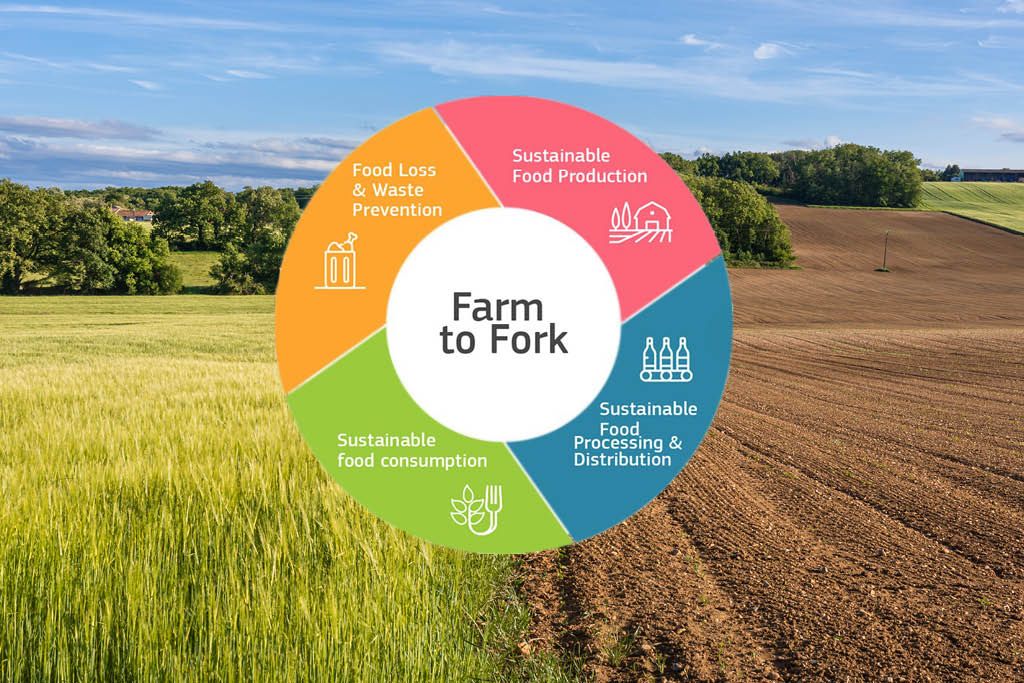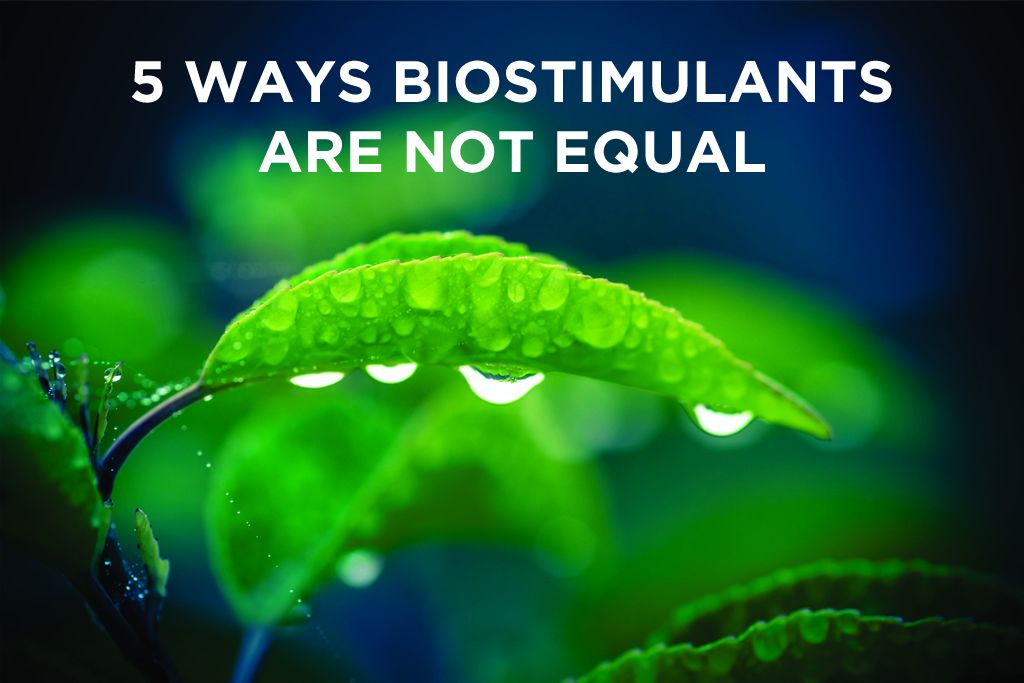BLOG #46
TYPE OF BIOSTIMULANTS
FOCUS ON: BENEFICIAL MICRO-ORGANISMS
Soil’s health is essential for good root and plant growth. Micro-organisms are principal actors of soil’s life and so they play a prominent role in plant development. Many micro-organisms such as bacteria, fungi (especially mycorrhizal fungi) are acting on the plant also as biostimulants.
FACTS AND FIGURES: Soil is alive!! In 1 g of soil we can find until 1 billion of bacteria and 1 million of fungi and protozoa.

FUNGI
- Degradation of organic matter
- Solubilisation of nutritional elements
- Root Biostimulation
- Formation of aggregates
- Root colonization
- Competition with other organisms
BACTERIA
- They participate in the Nitrogen cycle (Fixing, nitrification,…)
- Root Biostimulation
- Solubilisation of soil nutrients
- Promotion of soil aggregation
- Promotion of plant growth (PGPR)
MYCORRHIZAL FUNGI
Mycorrhizae is the name of the plant-fungus symbiosis. Without the root, the fungus dies.
- Increase of root absorption area (from 100 to 1000 times)
- Carrier of nutritional elements and water
- Increase water retention capacity
- Improvement of tolerance to abiotic stress
- Biostimulation of roots
- Formation of aggregates (better soil structure)
HOW TO INCREASE MICRO-ORGANISMS DEVELOPMENT?

Many factors can influence micro-organisms development. Some biostimulant products are able to stimulate the growth of beneficial microbials in the rhizosphere and surrounding soil, improving soil biological fertility.

















